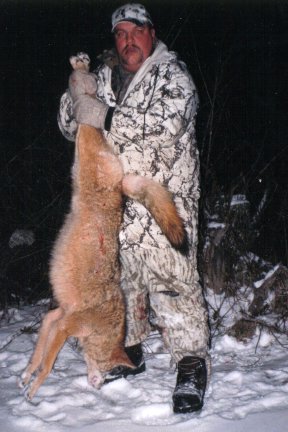saracelica
Pattern Altitude
- Joined
- Oct 20, 2010
- Messages
- 1,814
- Display Name
Display name:
saracelica
I have heard alot of good things about Mountain flying training. I tried googling for training on this side of the country (East Coast) and can't find any training. Anyone have any suggestions? I don't want to go out to Colorado just for training. We have those nice Appalachian mountains.
Thanks!
Thanks!


